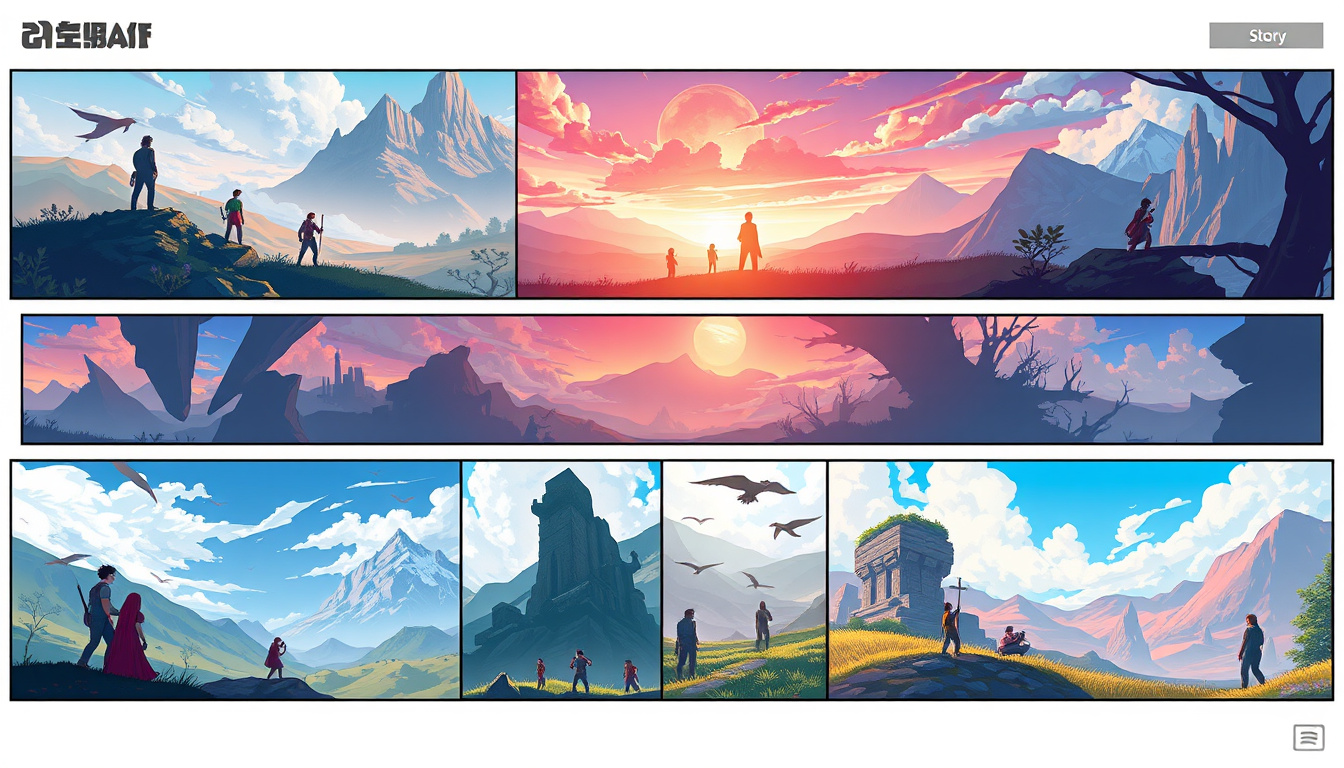Understanding Screenwriting: An Introduction
Screenwriting, at its essence, is the art and craft of writing scripts for mass media such as feature films, television productions, and video games. It is a unique form of storytelling that combines visual action with character development and dialogue to convey a compelling narrative. This introduction to screenwriting will explore the basics of the craft, including its importance, structure, and key elements that make a screenplay stand out.
The Importance of Screenwriting
Screenwriting is the backbone of the film and television industry. A well-written screenplay serves as the blueprint for directors, actors, and the entire production team, guiding the visual storytelling process from start to finish. It not only narrates the plot but also provides detailed descriptions of scenes, character interactions, and emotional undertones, ensuring that the essence of the story is effectively communicated and brought to life on screen.
Basic Structure of a Screenplay
Standard screenplays follow a specific formatting strategy that is designed to be universally understood within the industry. This format includes specific margin and font requirements (Courier 12pt being the industry standard) and is divided into distinct elements such as scene headings, action descriptions, character names, dialogue, and parentheticals. The structure of a screenplay typically adheres to a three-act format:
- Act One: The Setup – Introduces the main characters, their world, and the central conflict or quest.
- Act Two: The Confrontation – Explores the challenges and obstacles the characters face in their journey, often leading to a point of maximum tension.
- Act Three: The Resolution – Culminates in the climax of the story, resolving the conflict and offering closure to the narrative.
Key Elements of a Successful Screenplay
To master the art of screenwriting, one must pay close attention to several critical elements that contribute to the effectiveness of a screenplay:
- Character Development: Creating multi-dimensional characters that evolve over the course of the story is crucial for engaging the audience.
- Dialogue: Crafting natural and compelling dialogue that reveals character and advances the plot is a skill that dramatically enhances a script’s quality.
- Plot Structure: A well-structured plot that balances pacing, maintains suspense, and logically progresses towards a satisfying conclusion is key to keeping the audience invested.
- Visual Storytelling: Since screenplays are intended for visual media, emphasizing visual storytelling through dynamic action and descriptive scenes can make a screenplay more compelling.
- Theme: A strong central theme that resonates with the audience and is woven seamlessly throughout the narrative adds depth and meaning to the story.
Understanding the intricacies of screenwriting is a journey that requires dedication, creativity, and a willingness to learn from both successes and failures. Whether you aspire to craft engaging stories for film, television, or any other medium, grasping the foundational aspects of screenwriting is a critical first step. By focusing on character development, dialogue, plot structure, visual storytelling, and thematic depth, aspiring screenwriters can begin to hone their skills and contribute meaningful narratives to the world of visual storytelling.







